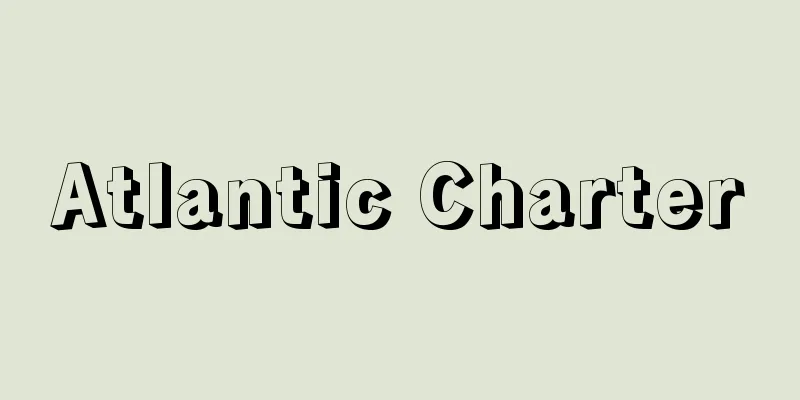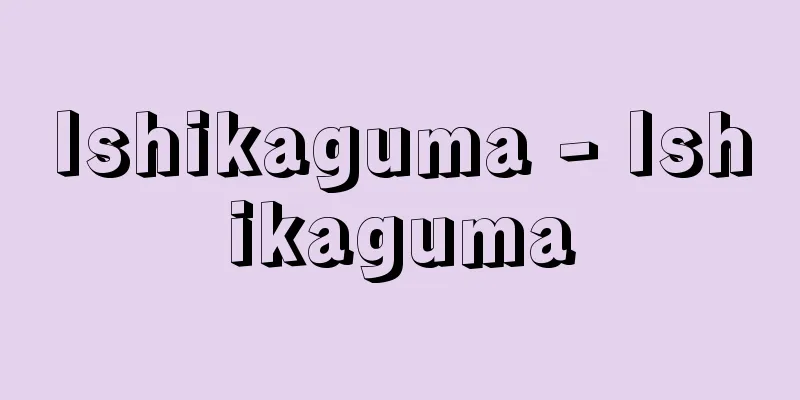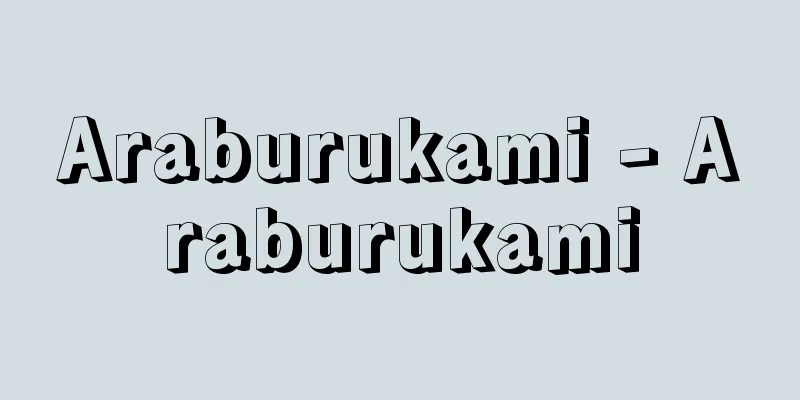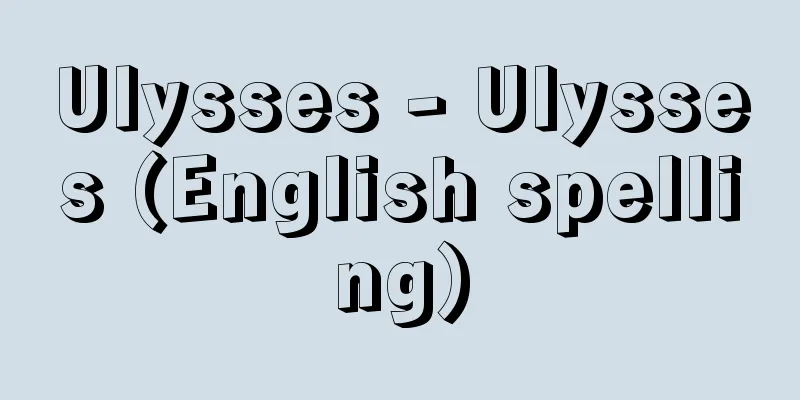Atlantic Charter

|
A joint declaration of principles for world politics issued by the UK and the US on August 14, 1941. It is also known as the Anglo-American Joint Declaration. Approximately two years after the outbreak of World War II, the war entered a new phase with Germany's invasion of the Soviet Union (June 22, 1941). On August 9 of that year, British Prime Minister Churchill boarded the new battleship Prince of Wales, crossed the Atlantic Ocean, and met with US President Roosevelt in Argentia Bay, Newfoundland, Canada, marking the beginning of the frequent summit meetings that followed. The talks continued until the 12th of that month, and the two countries' eight-point joint declaration was announced after Churchill's safe return. These were: (1) no territorial expansion; (2) no recognition of territorial changes without the people's consent; (3) respect for the people's right to choose their own form of government and the restoration of sovereignty that had been taken away; (4) equal access to trade and raw materials; (5) economic cooperation among nations; (6) the overthrow of Nazi tyranny and freedom from fear and want; (7) freedom of maritime navigation; and (8) the renunciation of the use of force and the establishment of a permanent general security system. At the time, the United States was a neutral country in the wars in Europe and Asia, but President Roosevelt decided that moral and material support for the isolated Great Britain was in his own national interest, leading to the holding of an unusual meeting and the issuance of the Joint Declaration. This made the United States' confrontational stance against Germany clearer than ever before. The Atlantic Charter was emphasized at the beginning and continued in the Joint Declaration of the Allied Powers, which was issued on January 1, 1942, about four months after the United States entered the war. [Shunichi Fujimura] Source: Shogakukan Encyclopedia Nipponica About Encyclopedia Nipponica Information | Legend |
|
1941年8月14日に発表されたイギリス、アメリカ両国の世界政治に対する原則の共同宣言。英米共同宣言ともいわれる。第二次世界大戦が勃発(ぼっぱつ)して約2年後、ドイツのソ連侵略開始(1941.6.22)によって大戦は新しい局面を迎えた。同年8月9日、イギリスのチャーチル首相は新鋭戦艦プリンス・オブ・ウェールズ号に乗艦、大西洋を渡りカナダのニューファンドランド島アージェンティア湾で、アメリカのルーズベルト大統領と会談、その後しばしば開かれた首脳会談の端緒をつくった。会談は同月12日まで開かれ、8項目からなる両国の共同宣言が、チャーチル首相の無事帰国を待って発表された。すなわち、〔1〕領土の不拡大、〔2〕国民の合意なき領土変更の不承認、〔3〕国民の政体選択の権利の尊重と、奪われた主権の回復、〔4〕通商と原料の均等な開放、〔5〕各国間の経済協力、〔6〕ナチス暴政の打倒と、恐怖と欠乏からの解放、〔7〕海洋航行の自由、〔8〕武力使用の放棄と、恒久的な一般的安全保障体制の確立、である。当時、アメリカは、ヨーロッパとアジアの戦争に対し、中立国の立場にあったが、孤立するイギリスへの道義的、物質的支援が自国の国益に合致する、とのルーズベルト大統領の判断で、異例の会談の開催、共同宣言の発表となったものである。これにより、アメリカは、ドイツとの対決姿勢を、それまで以上に明確にした。大西洋憲章は、約4か月後のアメリカの参戦を経て、42年1月1日に発表された連合国共同宣言においても冒頭で強調され、継承された。 [藤村瞬一] 出典 小学館 日本大百科全書(ニッポニカ)日本大百科全書(ニッポニカ)について 情報 | 凡例 |
Recommend
Sadayasu Kawashima
...In addition, the accumulation of local lords a...
In-laws - Gaiseki
Generally refers to maternal relatives, as opposed...
Onagawa Slate - Onagawa Slate
...There are fishing ports such as Watanoha and O...
Car Dyke - Car Dyke
…The Great Ouse, Nene, Welland, Witham and other ...
Université Catholic de Louvain (English name)
…The oldest and most important Catholic universit...
Lionfish (Minohasago) - Lionfish
It is a general term for marine fish of the genus ...
Dome of the Rock - Qubba al-Sakhra; Dome of the Rock
The Qubba al-Safra, known in Arabic as Qubba al-Sa...
Catastrophe machine - Catastrophe machine
…Since the 1970s, EC Zeeman of England has applie...
Quiroga, Horacio
Born: December 31, 1878, Sarthe [Died] February 19...
Nymphonella tapetis (English name) Nymphonllatapetis
…the larvae have three pairs of legs and at first...
Chain large pattern type
…(1) Large pattern type: A large pictorial patter...
Coral - Coral
A general term for the species of coelenterates (a...
Haba - Haba
〘Noun〙① In Joruri, this is the opening part of eac...
Acoustic design
This refers to acoustic architectural design. In ...
drone beetle
...The English name "cupreous polished chafe...


![Otake [city] - Otake](/upload/images/67cb162b7c073.webp)






